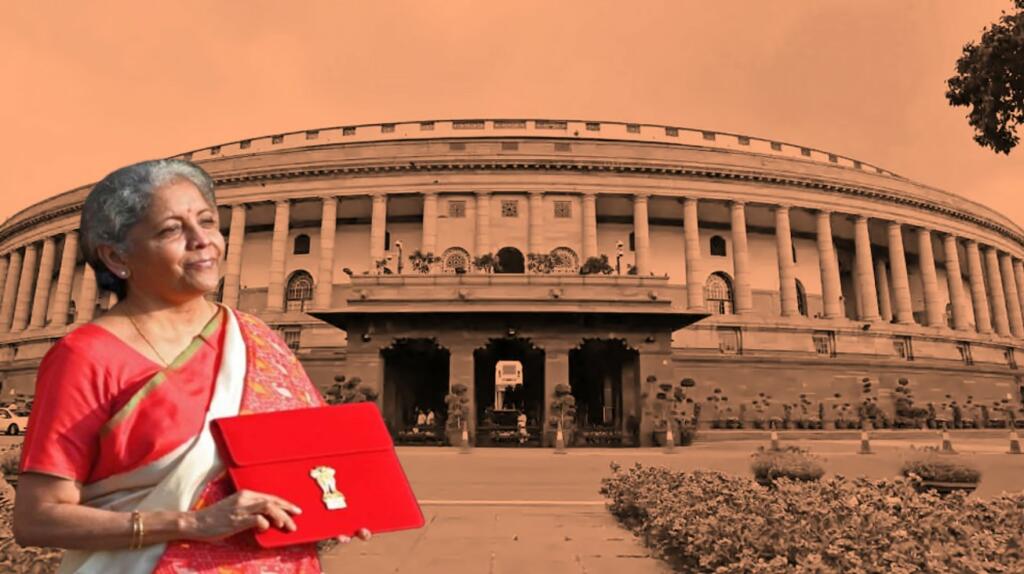By this time, you would have gone through dozens of stories about the Union Budget 2022. And if I am not wrong, most of the stories that you read were either about income tax slabs or what got cheaper and what got costlier. This is how politicians and mainstream media have been analysing budgets since, well, forever and 2022 is no different.
But let me tell you that Union Budget is one of the best ever. It goes way beyond parochial issues that the mainstream media usually discusses and literally envisions a prosperous and vibrant India. Let’s start with it.
Regulating crypto
What is the buzzword in the tech sector today? Well, cryptocurrency. Literally, everyone is discussing cryptocurrency.
Cryptocurrencies create an alternate, decentralized system in which transactions could be made without going through a central authority or a centralized ledger. Given the central bank’s manipulation of the currency price by simply printing money, the libertarian block of the tech establishment always wanted to get rid of the government-regulated currencies, and this led to the creation of Bitcoin, MazaCoin, Titcoin, and other cryptocurrencies.
Read more: Cryptocurrency wars: Iran becomes China’s henchman to destroy Bitcoin to strengthen the digital Yuan
Cryptocurrency is very popular in India too. According to an estimate, Indians alone have invested more than Rs. 6,00,000 crores in the crypto market. But the sheer anonymity and lack of regulation in the case of cryptocurrency has made it susceptible to misuse by non-State actors.
Read more: Delhi Police busts a major terror funding network utilising Cryptocurrencies
Also, India did not have a definite law banning or permitting cryptocurrency. Banning such digital assets isn’t really a solution because of the high stakes involved and there was a pressing need to regulate them. And this is exactly what the 2022 Union Budget does.
India has announced a 30% tax on income through the sale of digital assets. Since the government is taxing crypto, it has effectively got legalised in the country. This also subjects digital assets to governmental regulation like any other financial asset.
BREAKING: India proposes to launch a digital rupee issued by the central bank in the upcoming fiscal year. It also plans to tax income from the transfer of virtual digital assets. https://t.co/DFyjXr7SQ0 #Budget2022 pic.twitter.com/AP5Ebfnxx8
— Bloomberg (@business) February 1, 2022
This is mutually beneficial. The State gets more revenue, which it can pump into infrastructure development and social welfare schemes. And crypto holders no longer need to stay worried about the position of digital assets.
India launches digital Rupee
And guess what, India is also launching its own central bank digital currency (CBDC) – the digital Rupee.
This is a gamechanger for India’s fast-growing economy. For decades, developing economies like India have been searching for an alternative to the US Dollar for international trade and global payment settlements. The domination of the US Dollar in international trade transactions gives the US government an undue advantage.
When it comes to the cross-border transaction in physical currencies, the US Dollar is the dominant one and this allows the US to impose sanctions and literally cut off any country from the world economy. But digital currencies can create an alternate system that bypasses US Dollar hegemony. China had already come up with digital Yuan and it was only time that India came up with a CBDC of its own.
Amrit Kaal- a grand programme to hike infrastructure and social welfare spending
The budget has announced India’s entry into a new era called the ‘Amrit Kaal‘- from 75th to 100th year of independence.
According to Union Finance Minister Nirmala Sitharaman, the government has identified four top priority sectors-
- PM Gati Shakti
- Inclusive development
- Productivity in the sunrise sector
- Energy transition and climate actions
Under PM Gati Shakti, the government has identified seven engines of economic growth, namely roads, railways, airports, ports, mass transport, waterways, and logistics infrastructures. The other four priority sectors are focused on increasing welfare spending and investments in emerging industries.
We are looking at two and a half decades of high government spending to create robust and world-class infrastructure, which is likely to push India into a high growth rate trajectory.
Talking of government spending, the government has already set aside a whopping Rs. 7.5 lakh crore for capital expenditure. Capex has jumped 2.2 times the outlay in 2019-20. In the 2021-22 Budget, Rs. 5.54 lakh crore were allocated for capital expenditure though revised estimates had raised it to around Rs. 6.03 lakh crore.
The spending spree is unprecedented. The growth projections for 2022-23 are already bullish with the International Monetary Fund (IMF) projecting a 9% GDP growth rate for the country. But given how government spending has gone up, we won’t be surprised if the final growth rate surpasses all projections and actually goes into double-digit figures which will be an amazing feat for the country.
